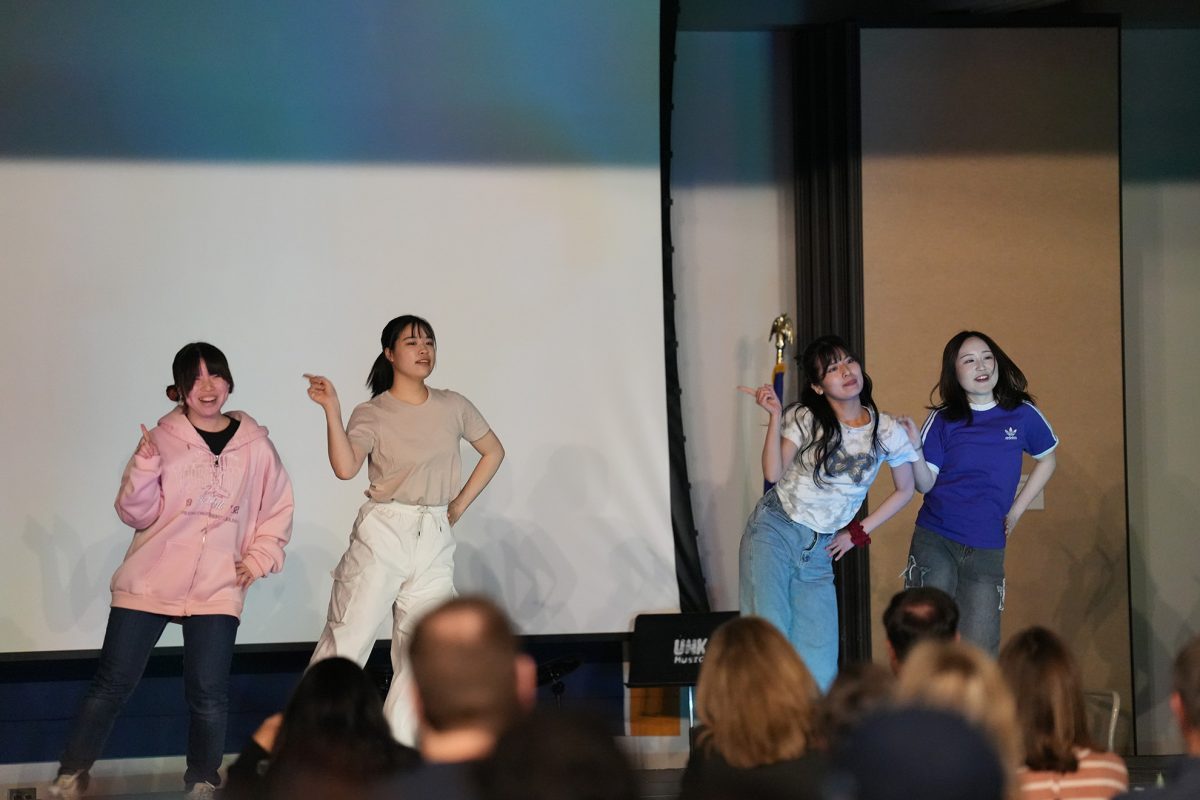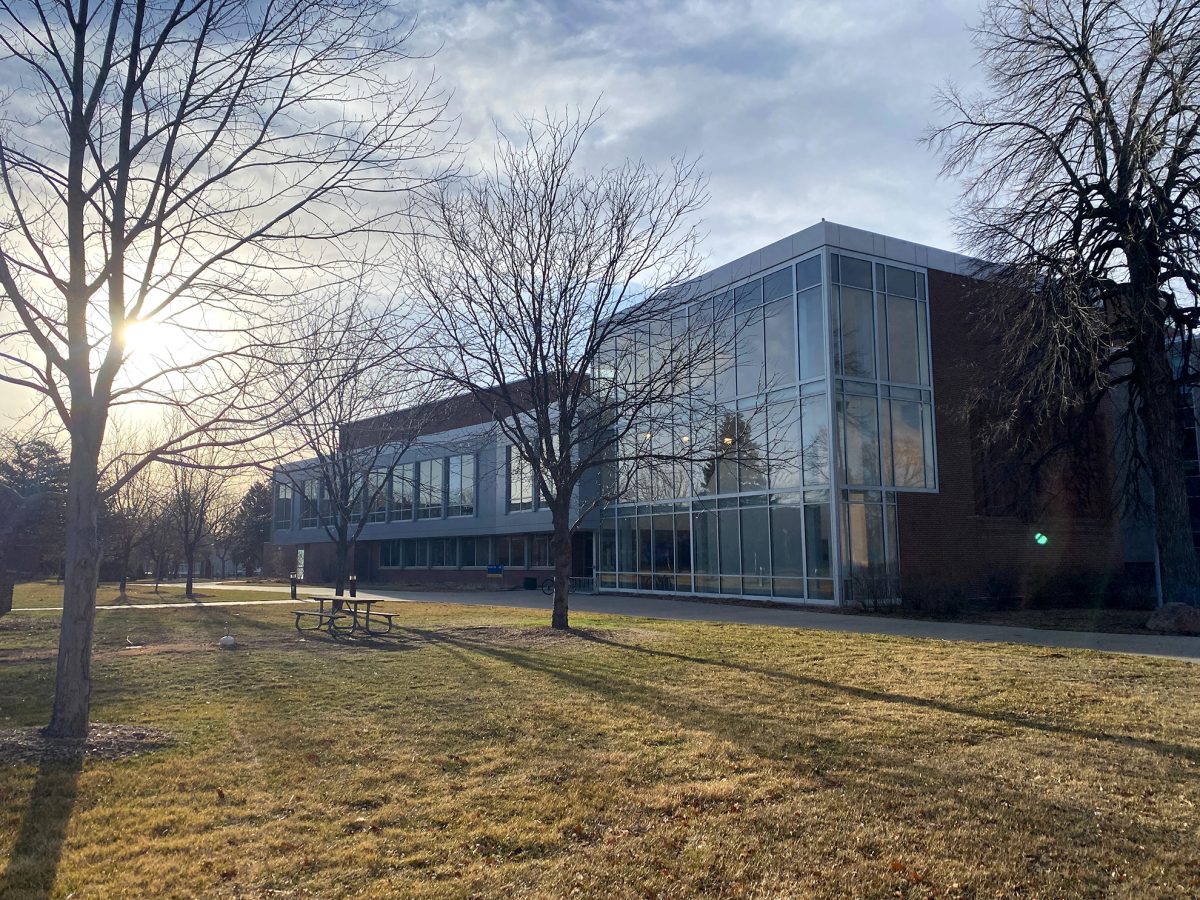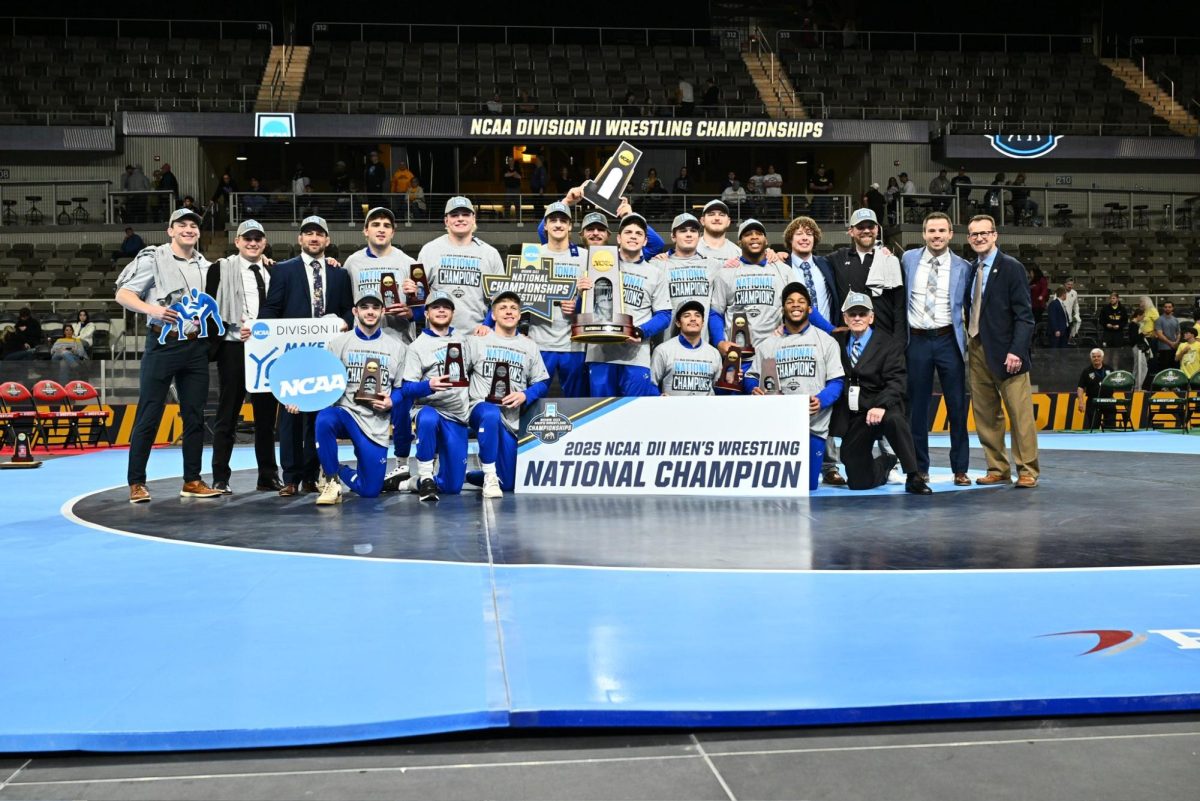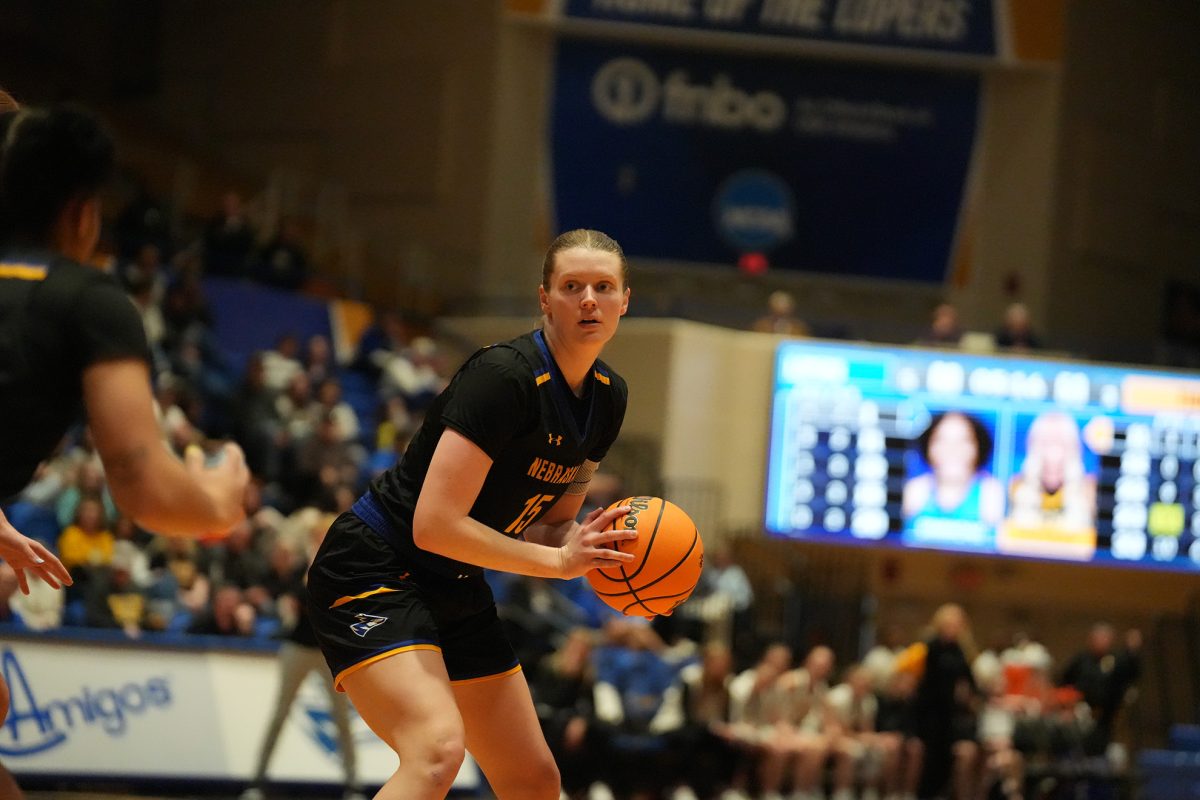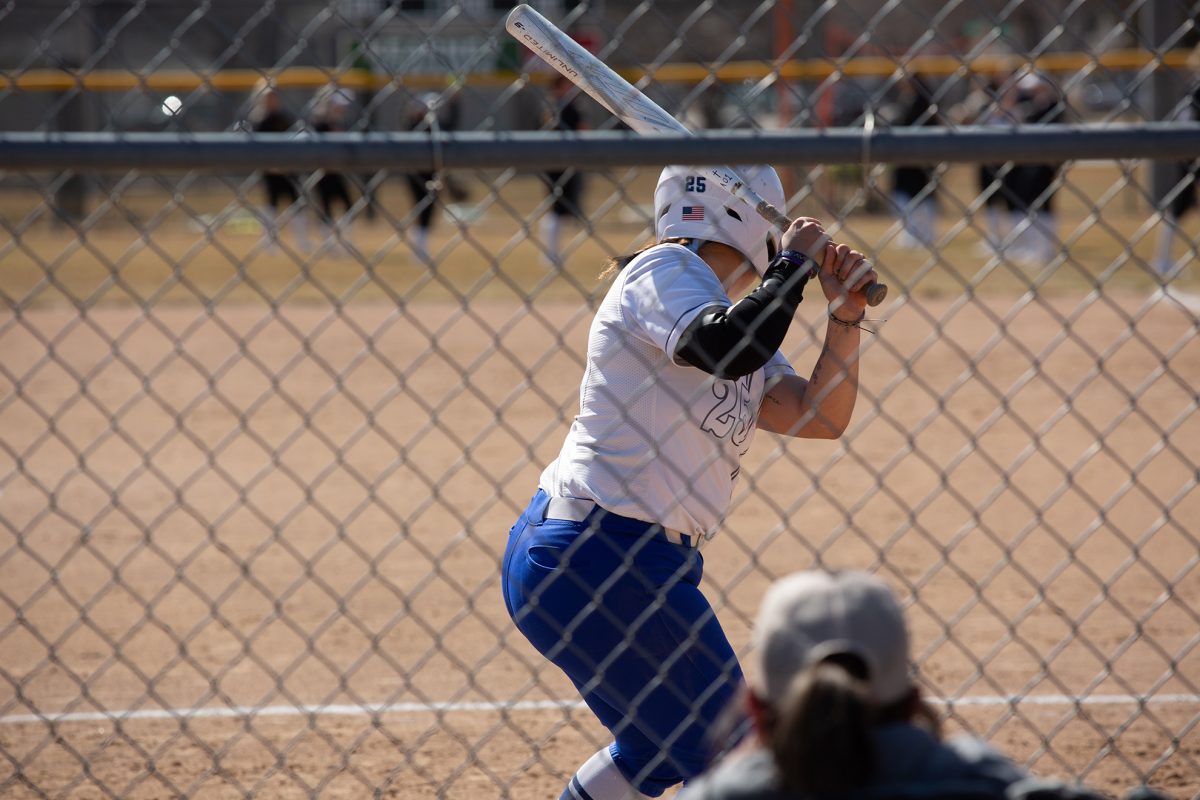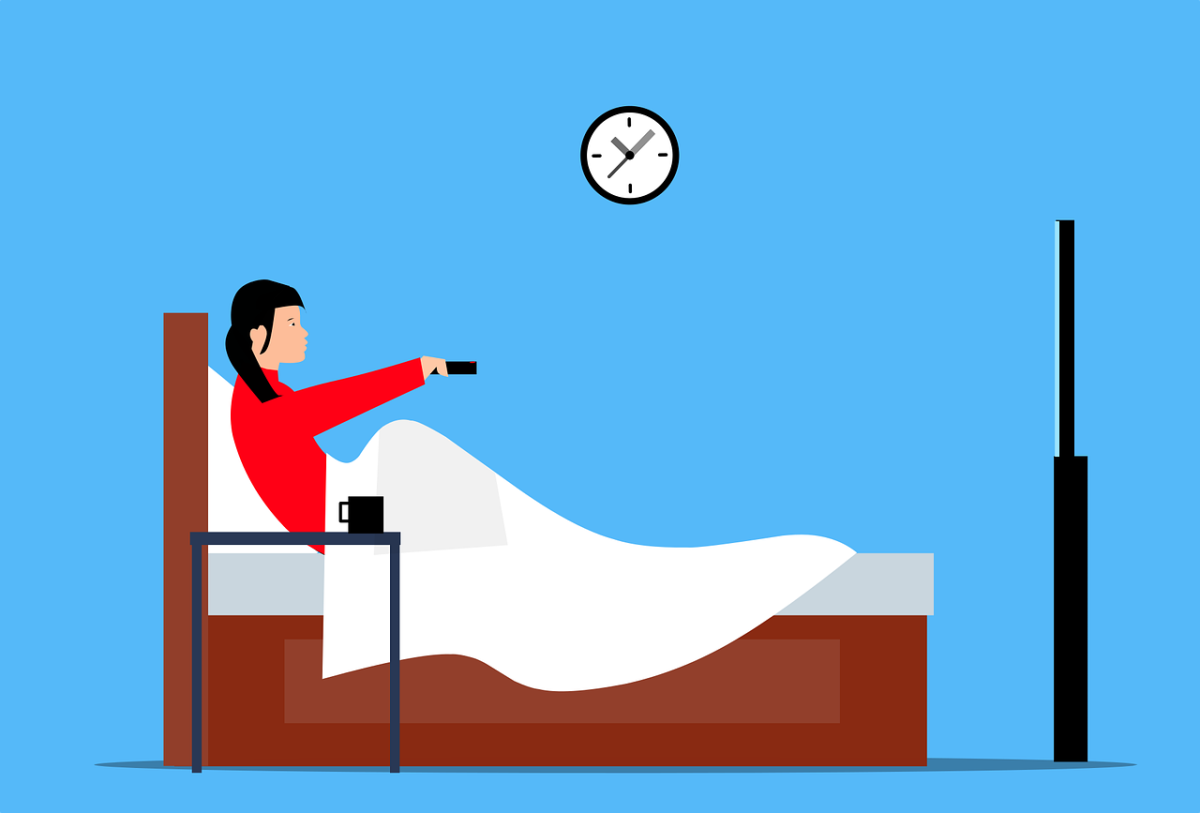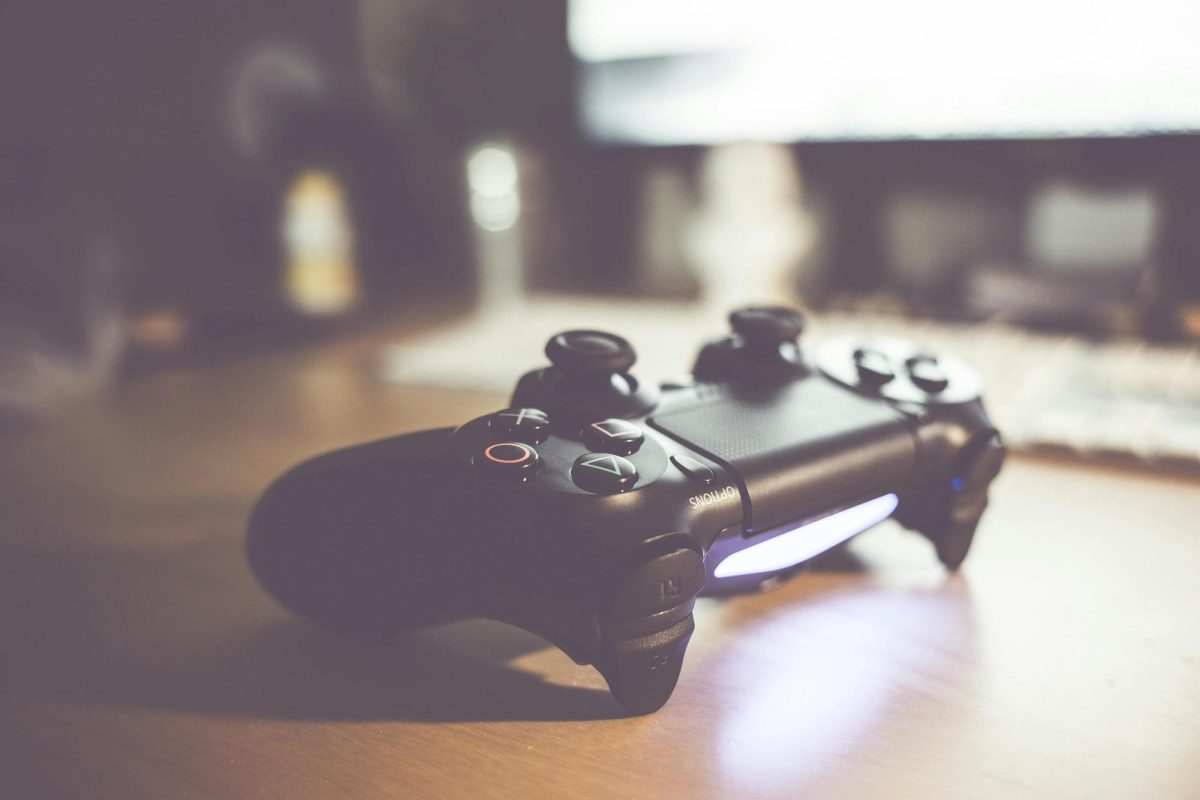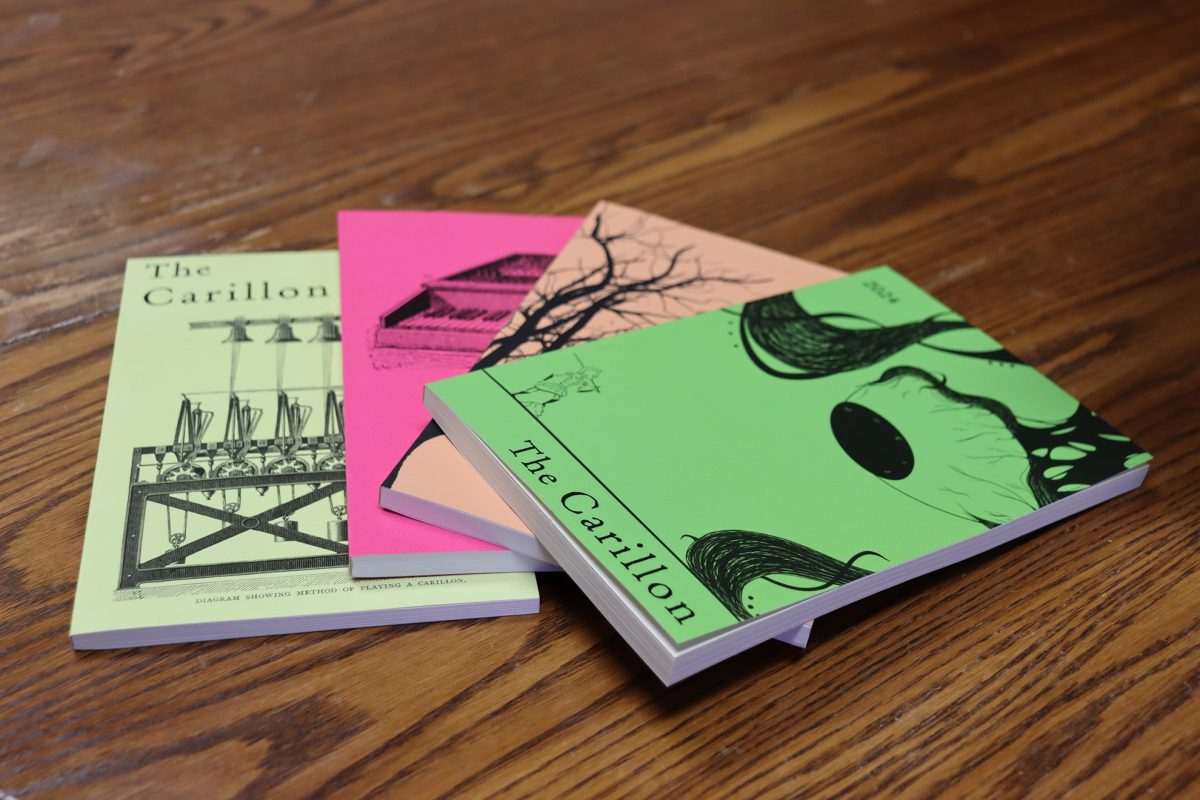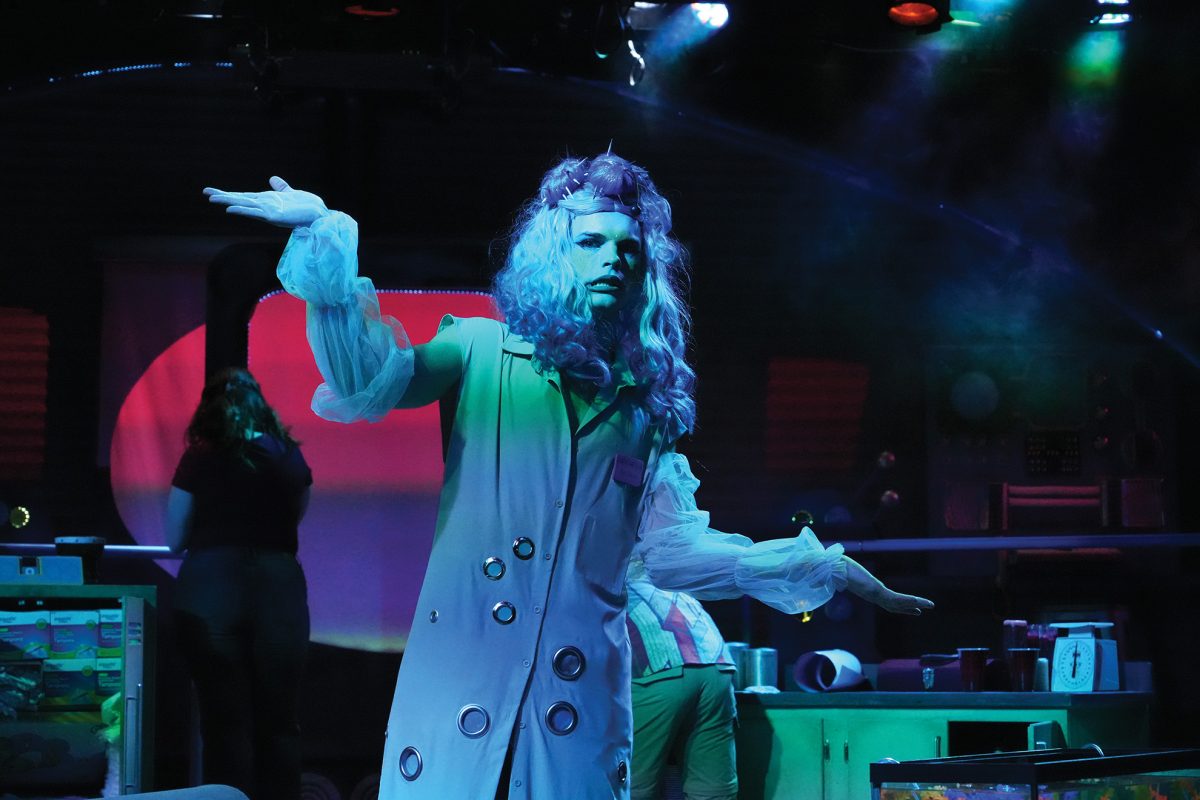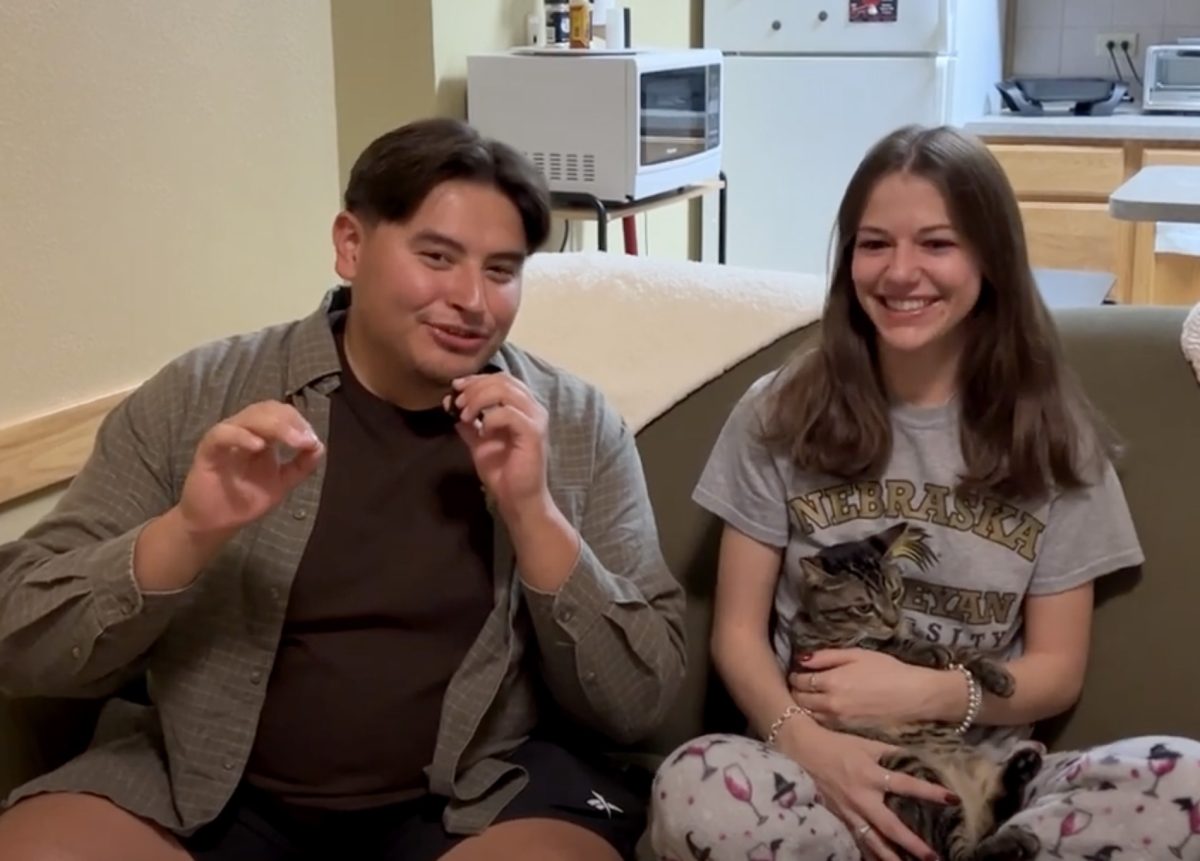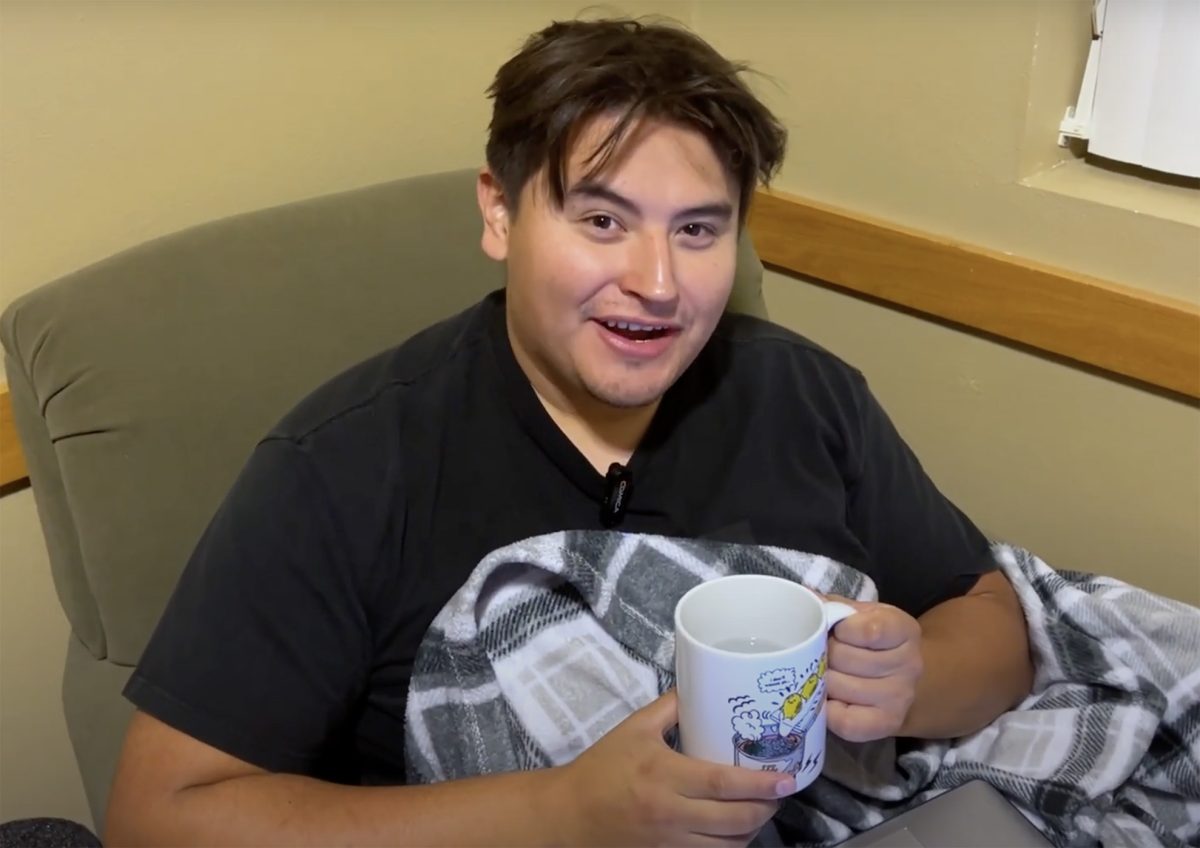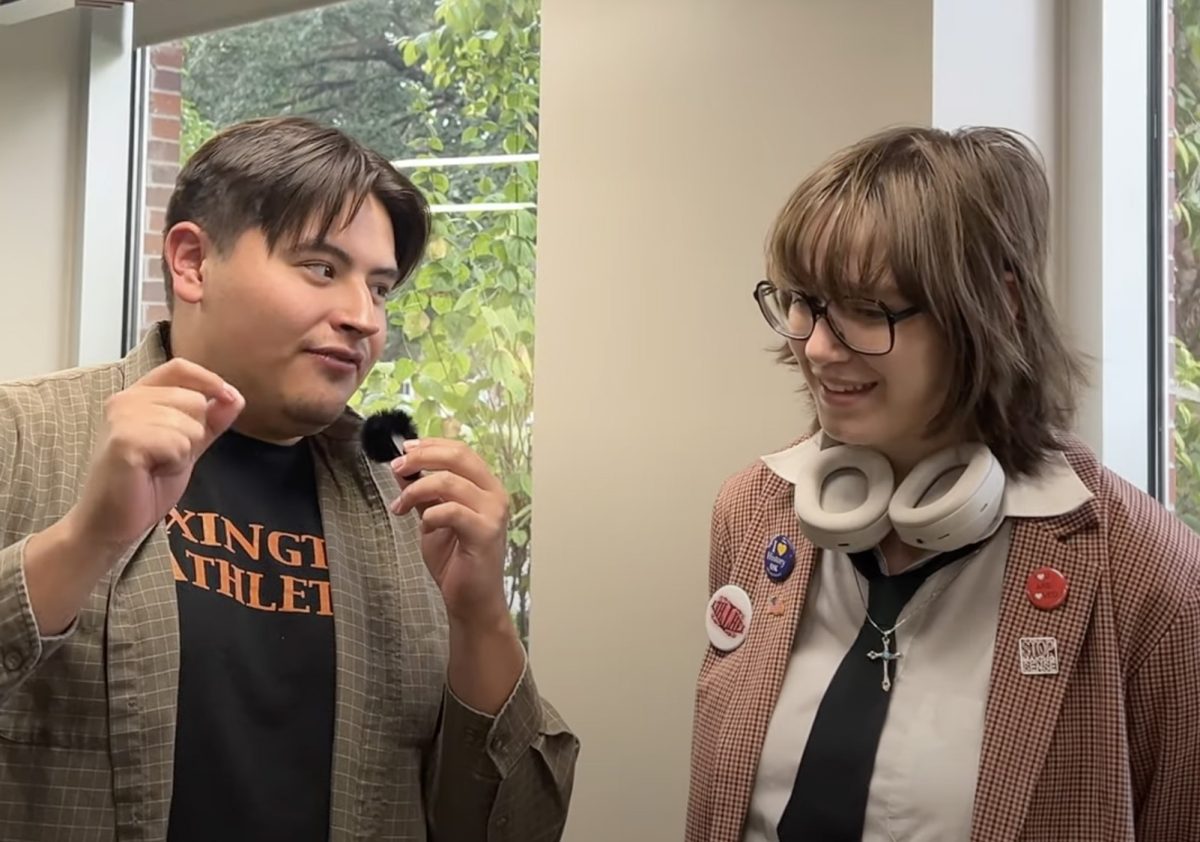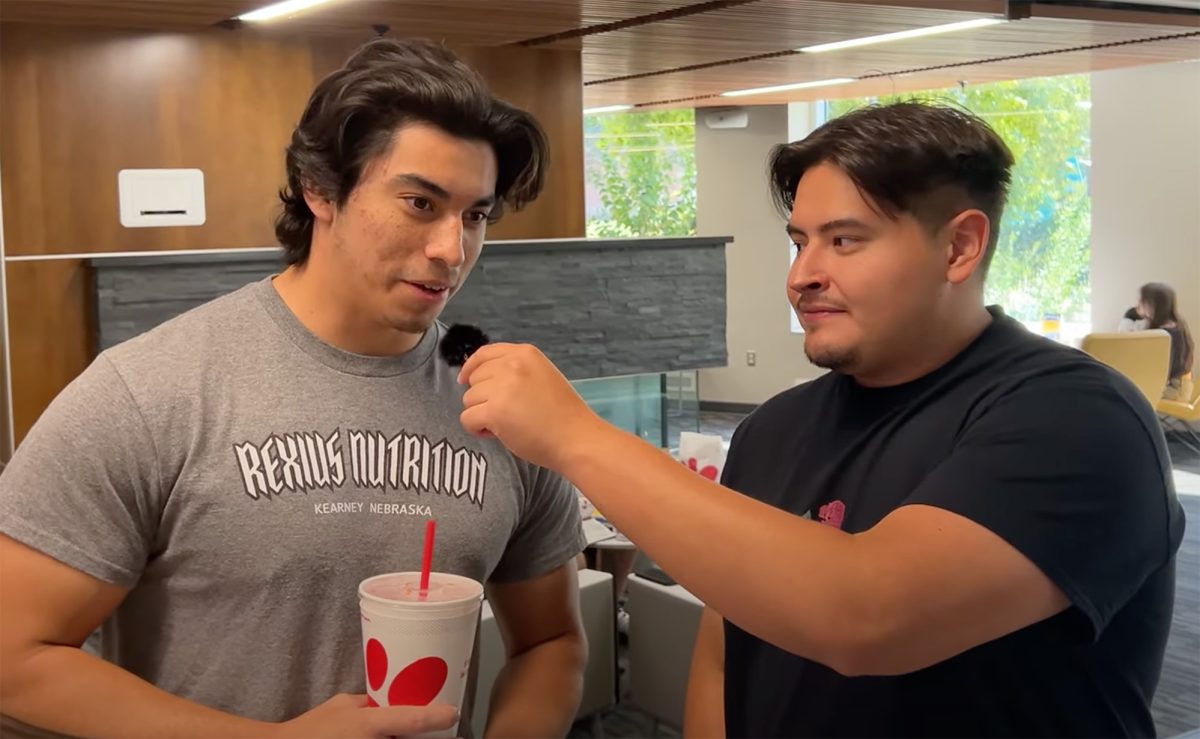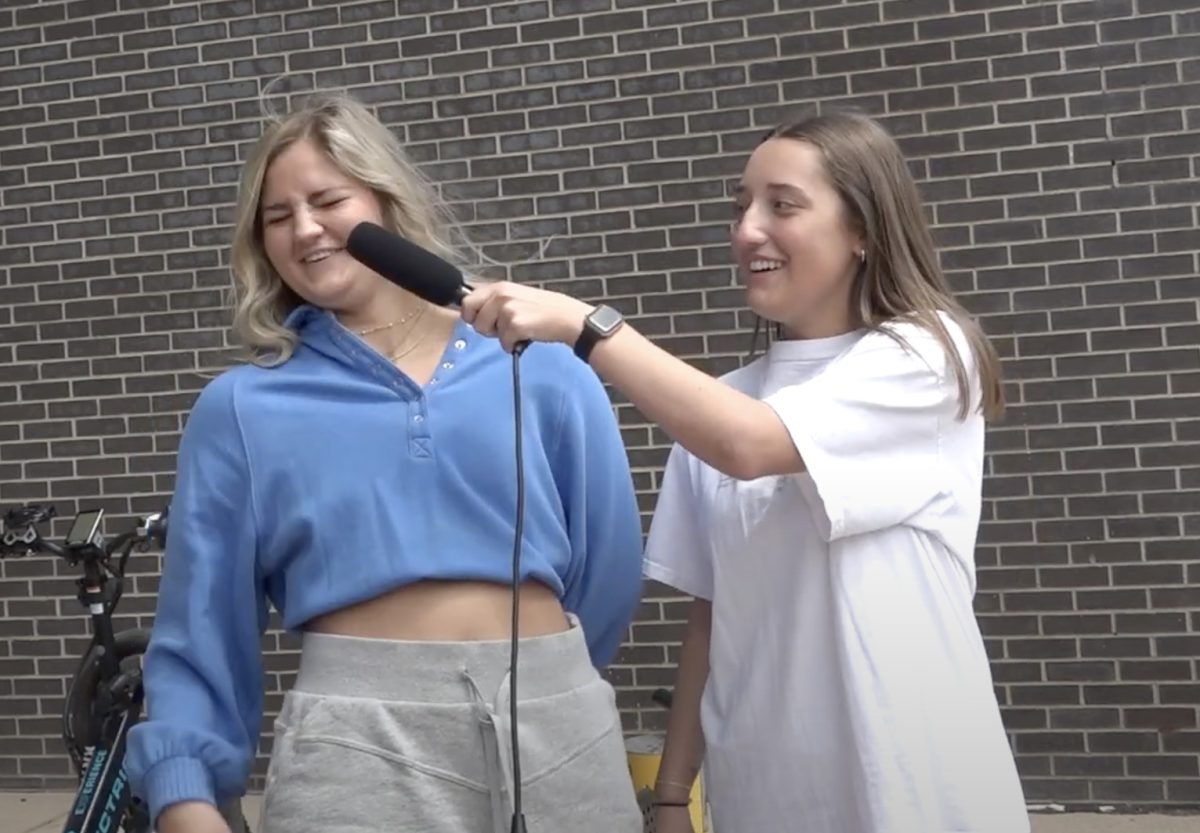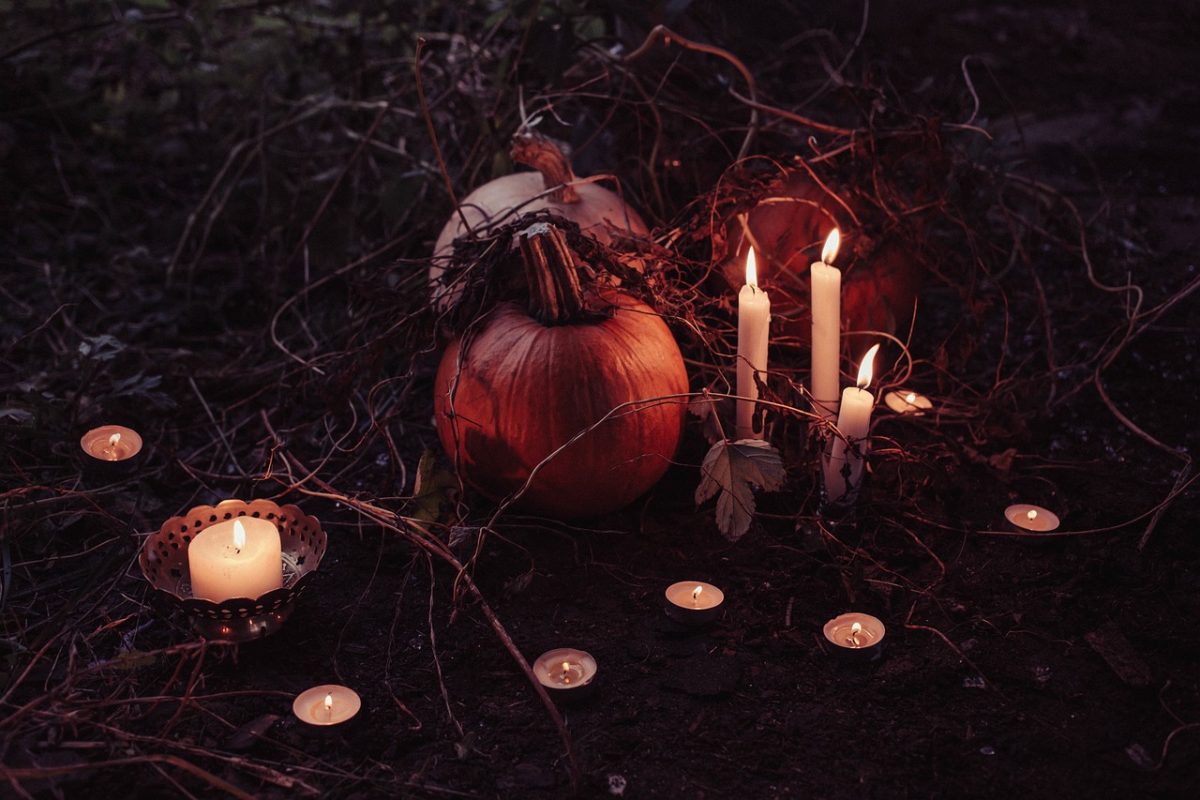delgadosandovals@lopers.unk.edu
Hollywood has a long history of reviving old movies with sequels decades later. Originally released in 1988, “Beetlejuice” has become a cult classic and a favorite for many during the Halloween season. Thirty-six years have passed since and Tim Burton, director of the original film, has recently released its long-awaited sequel “Beetlejuice Beetlejuice.”
“Beetlejuice Beetlejuice” brings back the quirky charm and dark humor that made the original a classic, while also adding some fresh twists for a modern audience. Burton’s signature visual style is in full force, with gothic sets, eccentric costumes and whimsical special effects. Michael Keaton’s return as the chaotic and mischievous Beetlejuice is a true highlight – his energy and comedic timing are just as sharp as ever, capturing the essence of the character that fans love.
This new sequel successfully revives the offbeat world of the original, bringing back familiar faces and introducing new characters that blend perfectly into the wild, supernatural chaos. Winona Ryder also returns as Lydia Deetz, now all grown up and dealing with a new set of strange and supernatural problems. The chemistry between Keaton and Ryder is as sharp as ever, with Lydia’s sarcastic, goth sensibility playing the perfect foil to Beetlejuice’s manic antics.
The plot kicks off when Lydia’s daughter, Astrid, played by Jenna Ortega, accidentally summons Beetlejuice while dealing with her own rebellious streak. What follows is a mix of old and new, as Lydia tries to keep Beetlejuice away, while he, true to form, causes chaos in their world and the afterlife.
The enchanting Ryder as Lydia Deetz is one of the film’s highlights, as she reprises her role as the former goth girl whose family got into plenty of trouble in the first film. Still clad in her signature black, sharp bangs and booted feet, and her face as ghostly pale as ever, Lydia now hosts a paranormal TV show, making her a minor celebrity. Despite her confident on-screen persona, Lydia remains deeply haunted. Along with lingering memories of Beetlejuice, she’s now dealing with fresh pain: she’s a widow, and her daughter is a moody, eye-rolling teenager eagerly waiting for her world to be shaken up.
Burton seems keen to deliver such a wish for action, quickly setting the darkly whimsical tone as the characters reintroduce themselves. Among them is Lydia’s clueless stepmother, Delia, played by Catherine O’Hara, the self-absorbed artist with an inflated ego and a complete lack of talent from the first film. Lydia’s relationship with Delia is a bit warmer now, especially after her father’s untimely death. Nonetheless, the absence of some of the main characters from the original film in this sequel is very much felt throughout the course of the plot.
The underworld’s production design is stunning and well executed, with sight gags like a dismembered corpse reassembling itself with a staple gun that’s both exquisite and gruesome. Despite the advanced techniques on display, the film maintains a handcrafted appearance that feels connected to the original.
To some extent, and certainly by the nature of the sequel, “Beetlejuice Beetlejuice” carries a sense of cozy familiarity. While Keaton’s original portrayal of Beetlejuice had a frantic, almost intense sort of energy, this time around, he feels more like a wildly eccentric ghost. Beetlejuice is now a bit more polished, less frantic and not as much of a chaotic force.
The other characters in this world seem almost grown up and somewhat aware of them reprising their old roles. While it may not achieve the same darkly comedic brilliance as the first film, Burton deserves credit for focusing on refreshing the story rather than simply replicating his previous success.

